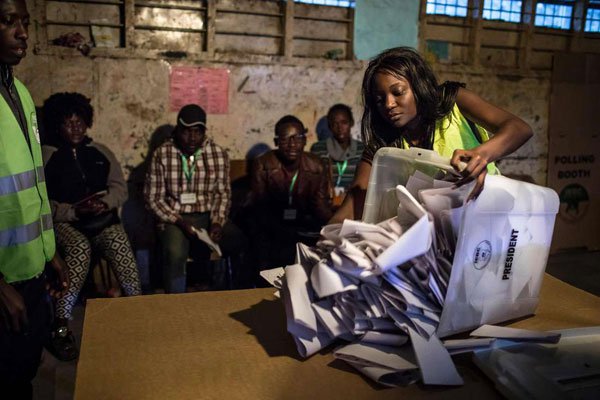What Went Wrong With Kenya’s Elections?
In the decade leading up to the 2017 election cycle, Kenya was on a positive democratic trajectory. The country has been on the front line in the fight against international terrorism, providing significant military assets for the struggle against al-Shabab in Somalia. It hosts huge numbers of Somali and South Sudanese refugees. Its security relationship with the United States is close, and the U.S. Navy regularly makes use of the port at Mombasa.
The Kenyan elite have close ties with the West, and U.S., British, and Kenyan nongovernmental organizations (NGOs) work closely together. Nairobi has a veneer of international sophistication, hosting numerous United Nations regional offices, acting as the business capital of East Africa, and attracting tourists from around the globe to the country’s celebrated game parks. Kenya’s success as a young, free-market democracy is directly in the U.S. national interest. Yet, this success has been set back by the 2017 presidential elections.
In the aftermath of its two flawed 2017 general elections, Kenya is a bitterly divided country. Opposition leader Raila Odinga refuses to accept the legitimacy of the most recent election and maintains that the victor and incumbent President Uhuru Kenyatta is intent on establishing a dictatorship. Moreover, Odinga has pledged to launch a “prodemocracy campaign” of picketing and boycotts, and has called for establishing a “people’s assembly” comprising religious leaders and civil society, among other groups, to govern the country until “legitimate” elections are held. He has yet to provide details on how this entity would function. Political and ethnic divisions exacerbated by the vote could lead to endemic violence and other destabilizing activity.

